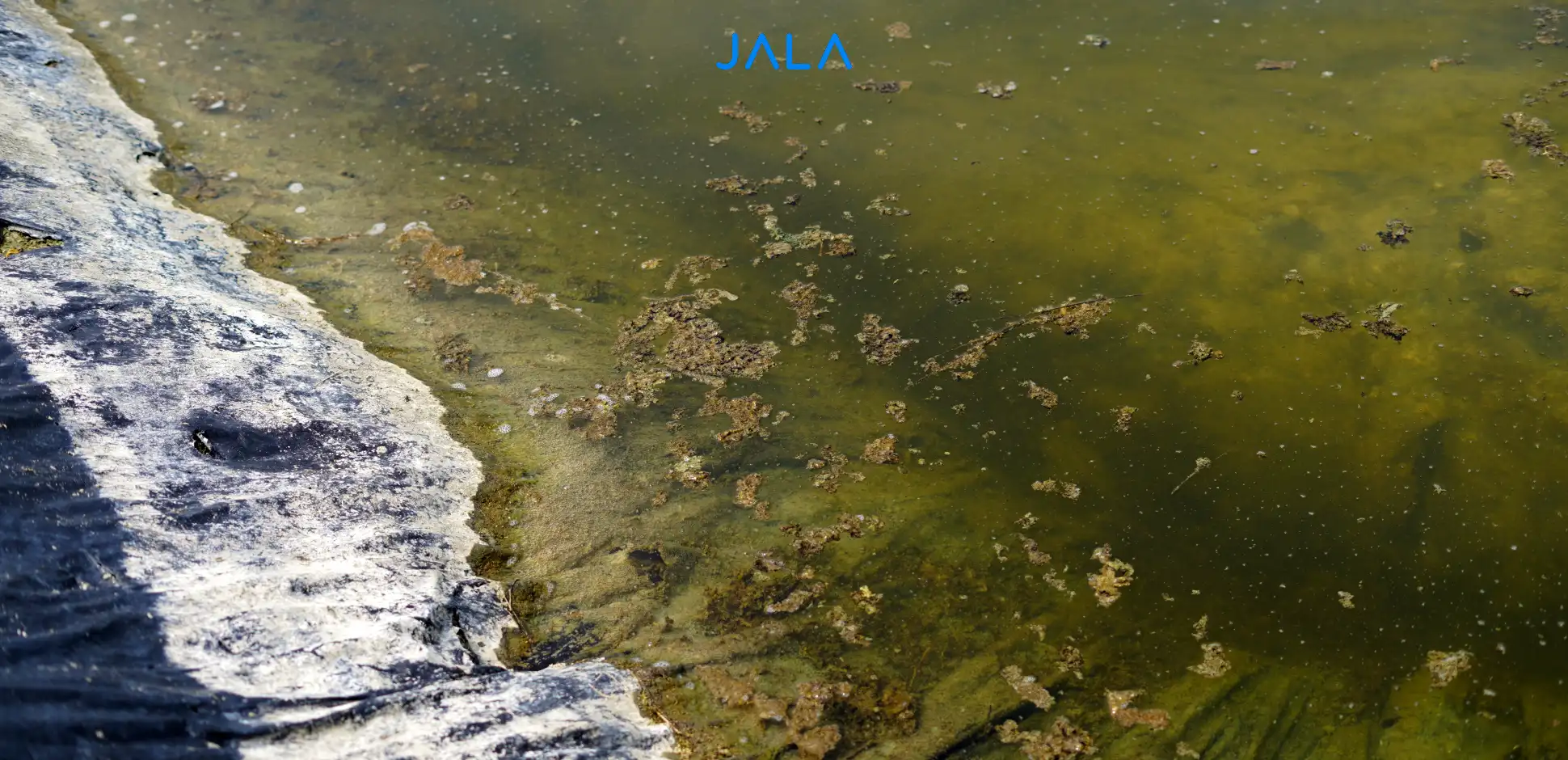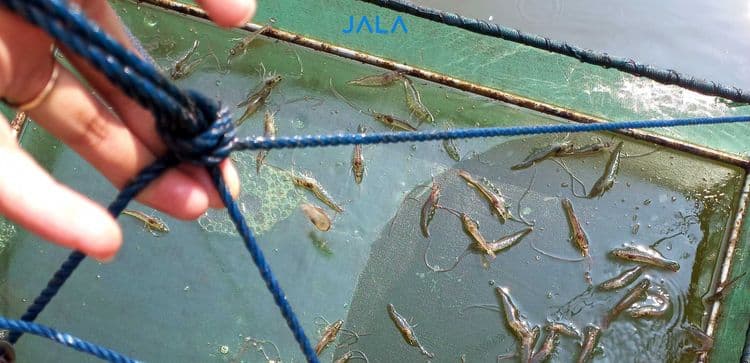
In shrimp cultivation, Vibrio is one of the types of bacteria whose presence can pose the risk of disease for shrimp. Vibrio has been widely discussed as one of the agents that causes the White Feces Disease (WFD) and Acute Hepatopancreatic Necrosis Disease (AHPND).
However, Vibrio themselves are not always harmful. Quorum sensing is one of the processes that determine whether Vibrio bacteria can be harmful to shrimp cultivation. What is meant by quorum sensing and what are its impacts on shrimp? Find out more in the following article!
What is Meant by Quorum Sensing?
Quorum sensing is the form of communication used by Vibrio bacteria. This method is used by various bacteria, both for communication between cells of the same species and different species. The purpose of quorum sensing is to activate the expression of a specific gene by the respective bacteria.
During quorum sensing, bacterial cells produce a molecule called an autoinducer to its surrounding environment. Autoinducer molecules act as a signal for the bacteria as well as other bacteria around them.
The more the bacteria that is present, the more the concentration of autoinducer molecules in the environment. If the accumulated molecules have reached a certain level, they can be detected by other bacteria. As a result, the respective bacteria can activate or express a certain gene.
Some behaviors caused by quorum sensing include bioluminescence (emission of light in darkness), virulence secretion, sporulation, conjugation, biofilm formation, and pigment production.
Bacteria are known to use quorum sensing to control their virulence or harmfulness to other organisms. Therefore, one of the strategies to make bacteria non-pathogenic is to inhibit their quorum sensing system.
What is the Effect of Quorum Sensing in Shrimp Cultivation?
Simply put, if a community of bacteria successfully reaches the "quorum" point, they will communicate with each other and exhibit certain characteristics, one of which is pathogenicity.
When this communication occurs, diseases will appear in the ponds. The more bacterial cells there are, the larger the signal for this communication. In addition to diseases, quorum sensing can also trigger the production of toxic substances or toxins from bacteria in the ponds. Therefore, controlling quorum sensing is necessary to prevent the formation of diseases and toxic substances in aquaculture.
How to Inhibit Quorum Sensing?
Some of the ways to inhibit quorum sensing are:
1. Reduce the accumulation of organic matter
Vibrio bacteria can grow abundantly when organic matter accumulation reaches >90 mg/L. Therefore, reduce the accumulation of organic matter by regular siphoning.
2. Give probiotics
Probiotics can maintain shrimp health and water quality by inhibiting the growth of pathogenic bacteria. The ability of probiotics in reducing the risk of disease is done through quorum quenching, or cutting off the communication pathway between bacteria by damaging signal molecules or inhibiting the production of those molecules.
3. Use macroalgae
Red algae such as Delisea pulchra produce halogen furanone compounds that inhibit quorum sensing systems in bacteria, including Vibrio. As a result, bacteria fail to activate genes, thus their pathogenicity is inhibited.
Read more: Can Bacteriophages Replace Antibiotics?
4. Replace the water
Water replacement is useful to dispose of excessive organic matter and metabolic waste which may become the source of diseases. The most recommended method of water replacement is by adding new water, homogenizing it with paddlewheels, then discarding the water from the bottom of the pond. Make sure that the added water has been checked for its quality, particularly pH, DO, salinity, and temperature.
Conclusion
Quorum sensing is a bacterial communication method that can activate the expression of specific genes, such as bacterial pathogenicity. If the number of Vibrio bacteria in the ponds is high enough, quorum may be achieved, and the risk of shrimp disease increases.
Some ways to inhibit quorum sensing in ponds include:
- Reduce the accumulation of organic matter
- Give probiotics
- Use macroalgae
- Replace the water
Not only that, by using JALA App, farmers can also easily analyze the dominance trends of Vibrio and reduce their dominance to keep their ponds disease-free. In addition to analyzing Vibrio dominance trends, JALA App also helps farmers in recording and monitoring their cultivation anytime and anywhere. Haven't joined JALA App? Register now on app.jala.tech and download the application from Google Play Store or App Store!





